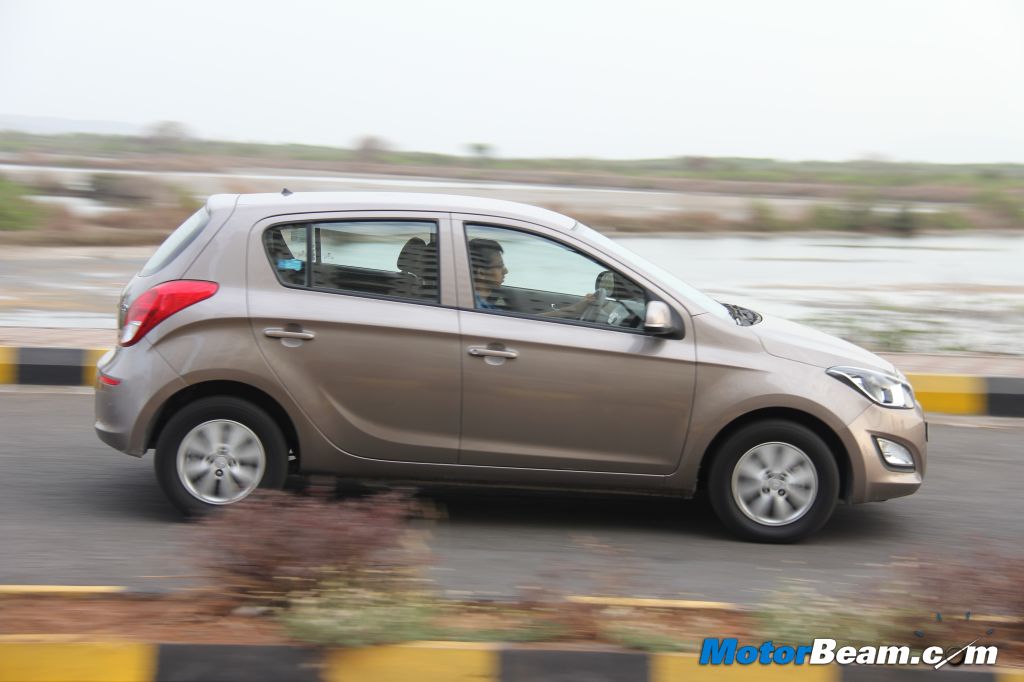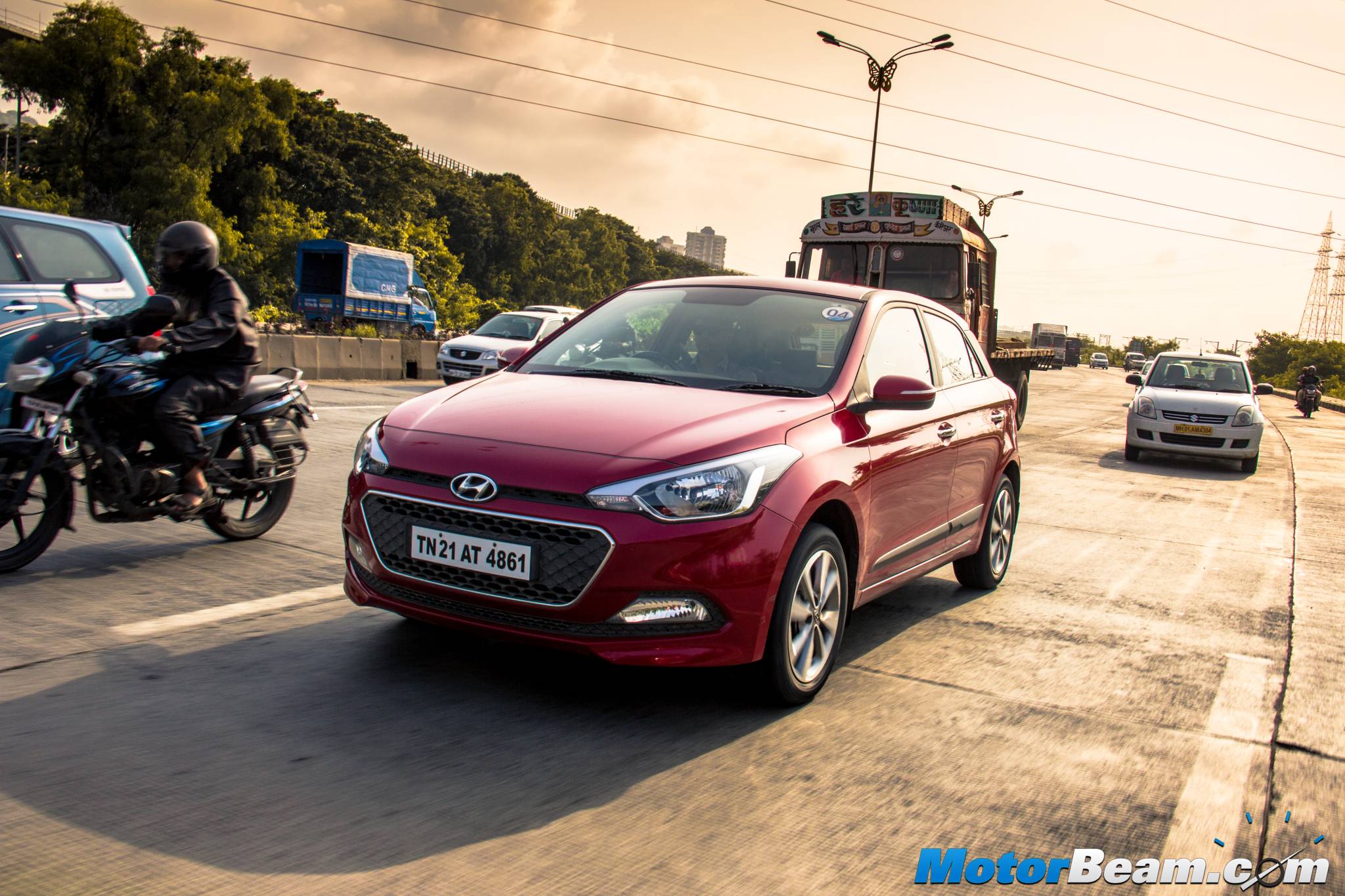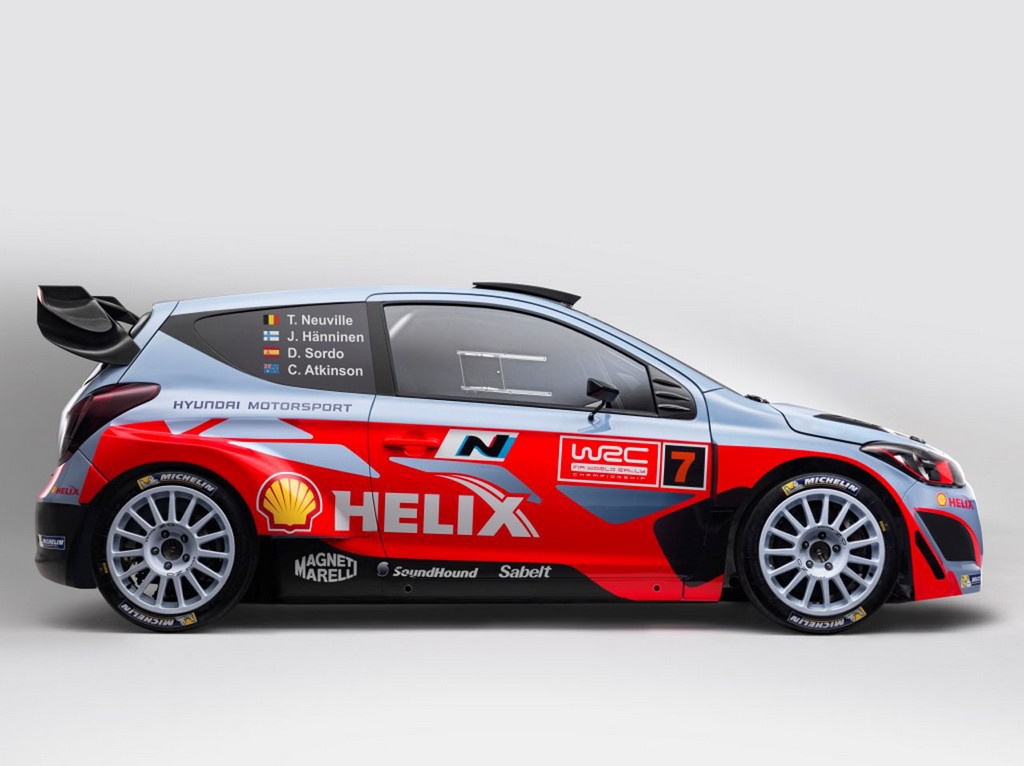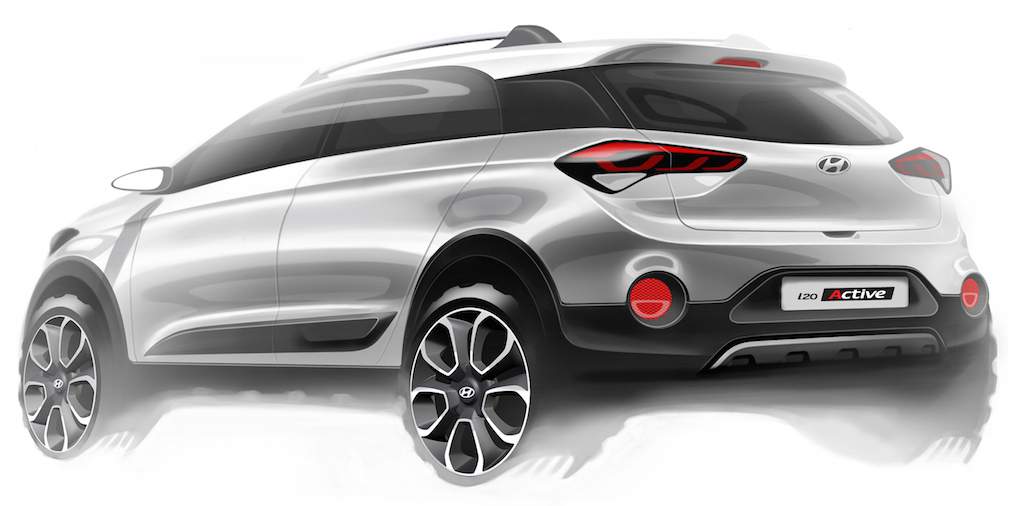
Hyundai i20 Review
Car Tested: 2013 Hyundai i20 Asta 1.4 AT
Price OTR Mumbai: Rs. 9,36,400/-
The convenience offered by the Hyundai i20 automatic is a boon in the city.
Did you know the Hyundai i20 has been consistently the top ten selling car in India? Although priced slightly higher than the market leader, the Maruti Suzuki Swift, the Hyundai i20 has carved its own in the hatchback segment, thanks largely to the good quality, high amount of features and frugal engines. Hyundai has understood the Indian customer very well and has accordingly given the i20 an array of variants. The Korean automaker also offers an autobox on the i20, which although not very popular, is quite practical for our crowded city roads. How does the i20 automatic perform? We try to find out by putting the vehicle through some grueling traffic.
[flickr size=”center” float=”medium”]http://www.flickr.com/photos/motorbeam/8851876581/[/flickr]
The styling of the Hyundai i20 is quite attractive. Although the car is not the most eye catchy fluidic work by Hyundai, it still looks pleasing to the eyes. The vehicle measures a tad under 4-metres, which can be clearly seen on the outside. The front is the most aggressive part of the vehicle with the fascia having a hexagonal grille. You even have the option of opting for LED daytime running lights, a segment first. The side profile is highlighted by multiple lines and we feel 15-inch wheels would have filled the wheel arches quite well. The rear gets the Auto 1.4 badging on the bottom left.
[flickr size=”center” float=”medium”]http://www.flickr.com/photos/motorbeam/8852490994/[/flickr]
The interiors of the Hyundai i20 have received several applauds. Quality levels are very good and the cabin feels very well put together. Hyundai hasn’t skipped on equipment and offers the top-end variants with a lot of kit. The use of colours on the dashboard has been very tastefully done and gives a premium appeal to the cabin. The big steering wheel is leather wrapped while the automatic gearbox lever gets a healthy splash of chrome. Quite a few storage bins are there inside the cabin, including a glovebox which can almost swallow a full sized laptop. Seats offer good cushioning and rear seat has good legroom too, although under thigh support is average for tall passengers. Even the boot is generous by hatchback standards.
[flickr size=”center” float=”medium”]http://www.flickr.com/photos/motorbeam/8852486704/[/flickr]
The automatic version of the Hyundai i20 is powered by a 1.4-litre petrol engine, the same unit which does duty in the Verna. This engine is only paired to a 4-speed automatic gearbox in the i20 and there is no manual version on offer. Belting out 99 BHP of power at 5500 RPM and 136 Nm of torque at 4200 RPM, the i20 Automatic is extremely refined and offers good performance in the city. While the 4-speed autobox isn’t very quick with downshifts, it’s decently slick in understanding your cog shifting requirements. A mileage of 9-10 km/l is what you will get this from the automatic i20, which is reasonable considering it’s uses a conventional torque converter. You have a good sized dead pedal and can easily relax your left foot on it.
[flickr size=”center” float=”medium”]http://www.flickr.com/photos/motorbeam/8852486700/[/flickr]
The light steering wheel means driving the Hyundai i20 AT is an effortless exercise with crowded roads not a hindrance to the driver. You simply select D and modulate the accelerator pedal as per your requirements, the vehicle is able to understand and shifts accordingly. A light tap on the pedal and the i20 will upshift at around 2000 RPM. Floor the throttle and this motor will surprise you pleasantly, gathering good momentum. Slot the gear lever in L (first gear) or 2 (second gear) mode and the i20 will redline in each gear, which is at 6500 RPM. It does get a bit audible past 4500 RPM but NVH levels are still very good as there are no vibrations from the motor. There is even an O/D off mode on the gear lever, which restricts the top gear to third, thereby offering more pep in overtaking situations.
[flickr size=”center” float=”medium”]http://www.flickr.com/photos/motorbeam/8852487196/[/flickr]
The Hyundai i20 has never been known as a sharp handler and the automatic version is no different. The suspension is soft, which does lend it a good ride at low speeds but high speed manners leave a lot to be desired from. The steering is devoid of feel at high speeds and the car tends to get a bit bouncy too. However most people will appreciate the light steering as the i20 Automatic is most likely to be employed in city conditions. Hyundai has given the automatic variant disc brakes on all wheels, which lends it good stopping power, but the tendency to drift to either side on hard braking is still present.
[flickr size=”center” float=”medium”]http://www.flickr.com/photos/motorbeam/8851879355/[/flickr]
In today’s growing traffic woes, the Hyundai i20 Automatic offers a terrific option to the buyer. While it does lack in the dynamics department, it very well makes up for it in the convenience arena. The Hyundai i20 Auto is simply effortless to drive and doesn’t feel like a hatchback. It is loaded with features and offers generous cabin space as well. While the i20 Auto doesn’t come cheap, it does come loaded to the brim and is powered by an engine which has more than adequate performance for the city runabout (this motor should also be offered paired to a manual gearbox). The Hyundai i20 Automatic is an excellent solution for those looking to commute in a stress free manner.
Read The Hyundai i20 Exhaustive Review




